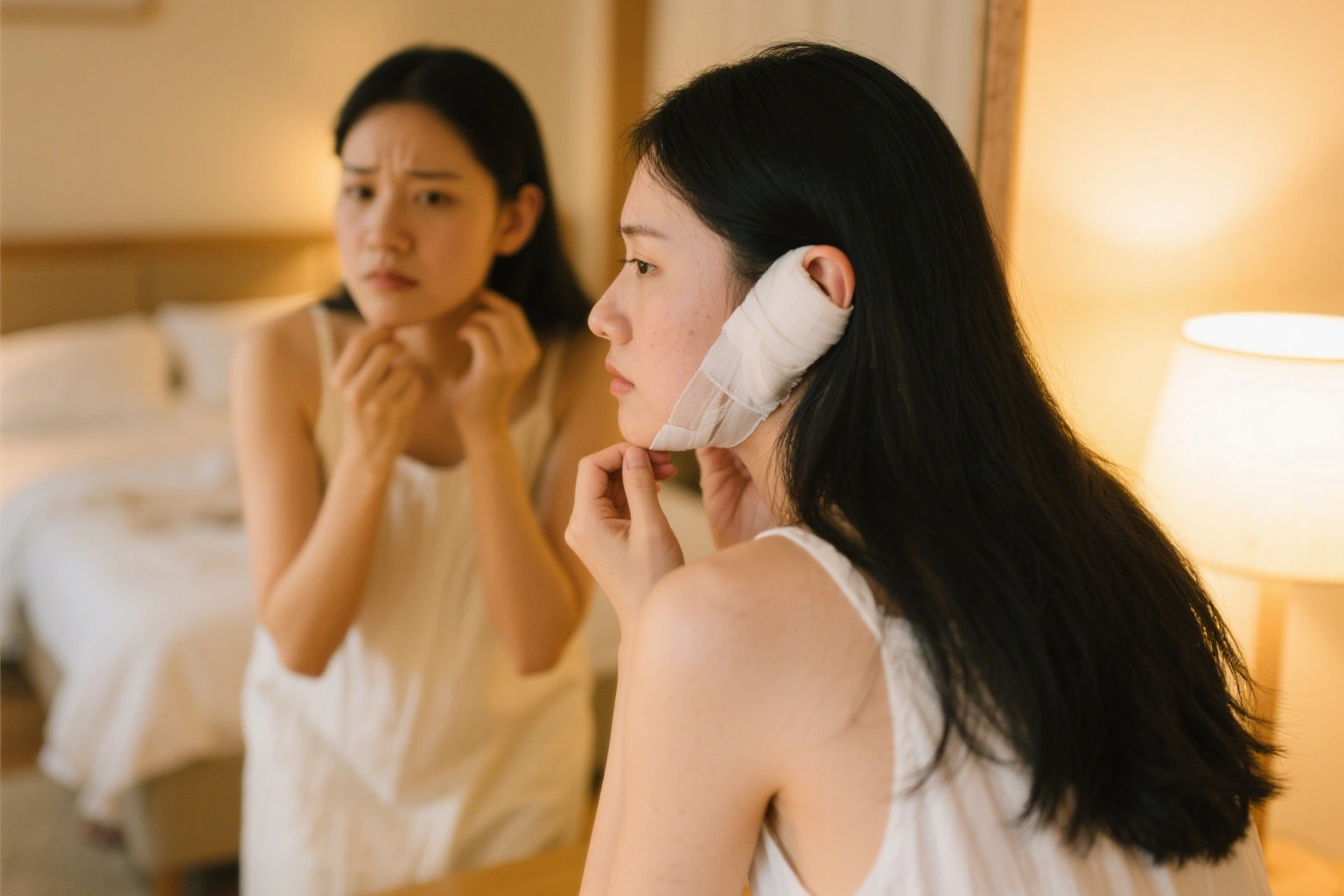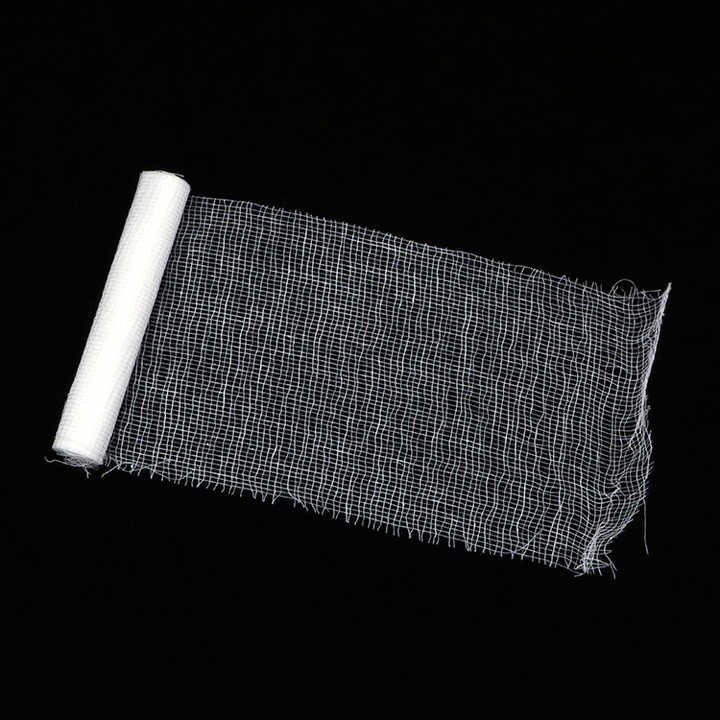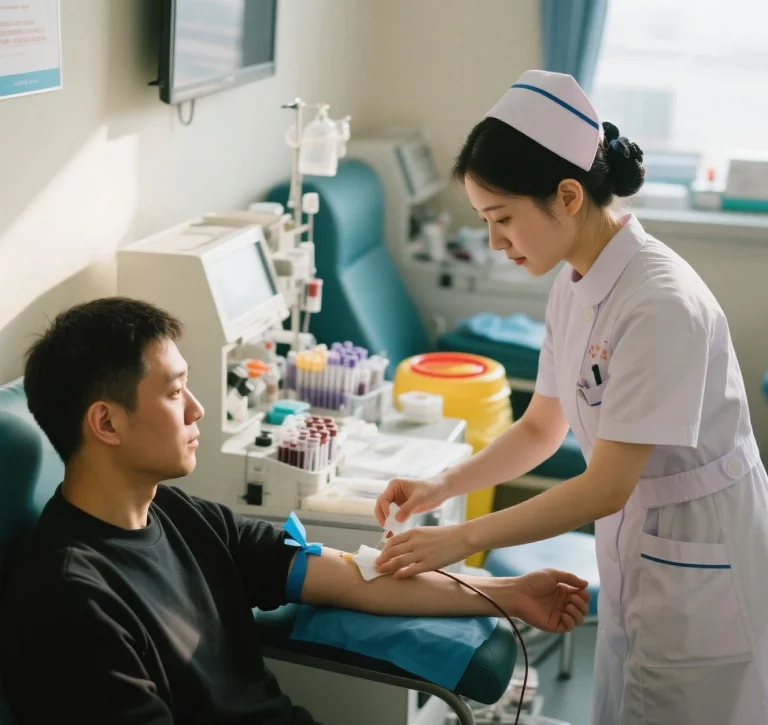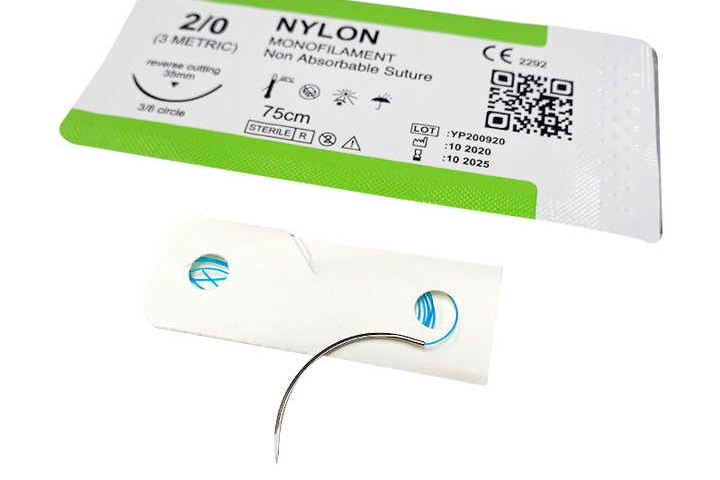
What Are the Characteristics of a Good Bandage?
Material and Longevity
A top-notch ear bandage should be made from premium materials that guarantee both strength and performance. Fabrics like pure cotton or polyester mixes are often chosen for their durability and versatility. For example, Medco’s high quality factory supply customized dimension medical accessories bleached elastic crepe bandage is crafted from 100% cotton. This ensures it lasts long and adapts well. Strong materials are vital for waterproof bandages used post-surgery. They must resist water without losing their effectiveness. Also, these materials should hold up against wear, especially for extended use like American flag ear patch designs or other decorative styles.
Comfort and Fit for the Ear
Comfort is key when picking an ear bandage, particularly for delicate areas around the ear. The bandage should fit securely yet not feel tight. It needs to stay put without causing unease. Products like small bandages for facial injuries prioritize comfort. They use soft, hypoallergenic materials to reduce irritation. A well-crafted bandage molds to the ear’s shape. This provides solid coverage while allowing easy movement.
Breathability and Moisture Management
Breathable bandages are crucial for ideal healing. They let air reach the wound while preventing moisture buildup, which can cause infections. For instance, bandages for facial cuts often use non-woven or perforated fabrics. These promote airflow while blocking contaminants. This is especially helpful for wounds near the ear, where controlling moisture is important due to sweat or external factors.
Adhesive Strength and Skin Friendliness
A bandage’s adhesive determines if it stays in place during daily tasks. A good ear wound dressing needs strong but gentle adhesives. These should not irritate or harm the skin when removed. For example, the best bandages that stay on use advanced adhesives designed for sensitive skin. They ensure compatibility even with long-term use. Hypoallergenic adhesives are also vital to avoid allergic reactions or discomfort.
What Are the Qualities of a Good Wound Dressing?
Protection Against Infections
A quality wound dressing must shield against bacteria and pathogens to prevent infections. Sterile products, like Medco’s CE ISO approved high-quality Yiwu medical cotton is 100% Absorbent Gauze Bandage, are designed for infection control. These are great for surgical sites or injuries needing long-term care, such as those from an ear band procedure.
Absorption of Wound Fluids
A dressing should absorb wound fluids effectively. Excess fluid can slow healing or raise infection risks if not handled well. Dressings made from absorbent materials like cotton gauze or hydrocolloid layers work well for wounds with moderate to heavy fluid. For example, products used in ear wound dressing often have high absorption while keeping the wound clean.
Versatility for Different Wounds
Versatility allows a dressing to adapt to various wound shapes and sizes without losing effectiveness. This is key for tricky areas like the ear or face, where shapes differ greatly. Medco’s elastic crepe bandages show excellent adaptability. They’re ideal for wounds needing tailored solutions, like small bandages for facial injuries.
Ease of Use and Removal
Applying and removing a dressing should be simple to reduce discomfort and avoid further injury. High-quality dressings have user-friendly features for quick application and secure adhesion. For instance, band aid ingredients often include easy-peel tabs or silicone-based adhesives. These make removal smooth without leaving residue.
By focusing on these traits—material quality, comfort, breathability, adhesive strength, infection protection, absorption, versatility, and ease of use—healthcare providers can choose the best products. This includes ear bands, waterproof bandages after surgery, or specialized dressings tailored to patients’ needs.
Key Factors When Choosing an Ear Bandage
Size and Shape for Ear Anatomy
An ear bandage must fit the ear’s unique contours. It should mold snugly without causing discomfort or limiting movement. Products like small bandages for facial injuries are designed with flexibility. They suit complex areas like the ear. Proper sizing ensures the bandage stays in place and covers the wound well.
Suitability for Sensitive Ear Skin
The skin around the ear is delicate. Bandages should use hypoallergenic materials to minimize irritation. Adhesives in ear wound dressings need to be gentle yet secure. They should not damage sensitive skin when removed. The best bandages that stay on use advanced adhesives for sensitive skin. They offer durability and comfort. Materials like non-woven fabrics or silicone-based adhesives help reduce allergic reactions and suit various skin types.
Resistance to External Elements
An ear bandage should withstand environmental factors like water or dust. Waterproof bandages after surgery protect wounds from moisture. This lowers infection risks and speeds healing. Products with water-resistant layers or dustproof seals offer extra protection for ear wounds, where exposure to contaminants is common.
Affordability Without Sacrificing Quality
Cost matters when buying medical supplies. However, quality should not suffer. High-quality options, like Medco’s CE ISO Approved High-Quality Yiwu Medical Cotton Wow 100% Absorbent Gauze Bandage, perform well at reasonable prices. Affordable products must still be durable, comfortable, and resistant to external factors. Designs like american flag ear patches blend function with style while staying cost-effective.
Evaluating Medco’s Premium Ear Bandages

Top-Grade Materials for Comfort and Protection
Medco’s ear bandages use superior materials for healing and comfort. Our high quality factory supply customized dimension medical accessories bleached elastic crepe bandage is 100% cotton. It’s durable and adaptable, perfect for sensitive areas like the ear. These materials create a breathable environment that aids healing while shielding against irritants.
Smart Design for Perfect Ear Fit
Medco’s bandages are designed to fit the ear’s unique shape comfortably. Our elastic crepe bandages adapt well, ensuring a secure fit without discomfort. This smart design is ideal for precise applications, like an ear bandage procedure, where placement matters.
Reliable Hygiene and Safety
Medco prioritizes hygiene with sterile products. Our CE ISO Approved High-Quality Yiwu Medical Cotton Wow 100% Absorbent Gauze Bandage blocks bacteria and pathogens. It’s great for surgical sites or injuries needing extended care. These products also absorb fluids well while keeping the wound clean—key for bandages for facial cuts or ear wounds.
By emphasizing these factors—size compatibility, skin sensitivity, environmental resistance, affordability, material quality, smart design, and hygiene—Medco provides top services. Whether you need a stylish american flag ear patch or practical waterproof bandages after surgery, Medco’s products deliver reliable performance for diverse needs.
FAQ
Q: How do I know if an ear bandage is working properly?
A: A properly working ear bandage stays securely in place, protects the affected area, and promotes healing without causing discomfort or irritation. Check for reduced swelling, no signs of infection, and comfort during use.
Q: What are the signs that an ear bandage is not effective?
A: Signs include frequent slipping, discomfort, skin irritation, moisture buildup, or worsening of the wound (e.g., increased redness, pus, or pain). Consult a doctor if these occur.
Q: How long should I wear an ear bandage?
A: The duration depends on the condition (e.g., post-surgery, injury, or piercing). Follow your healthcare provider’s instructions, typically ranging from a few days to a couple of weeks.




